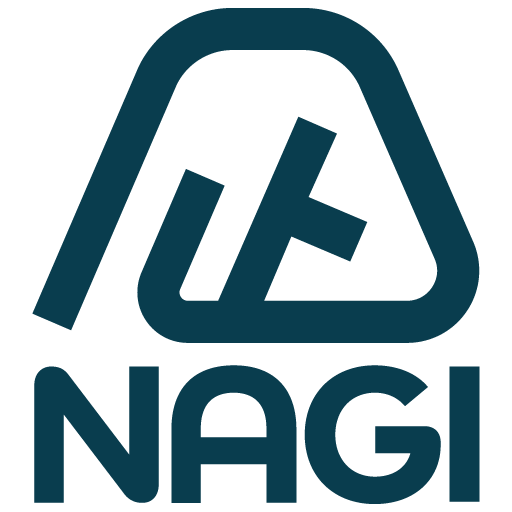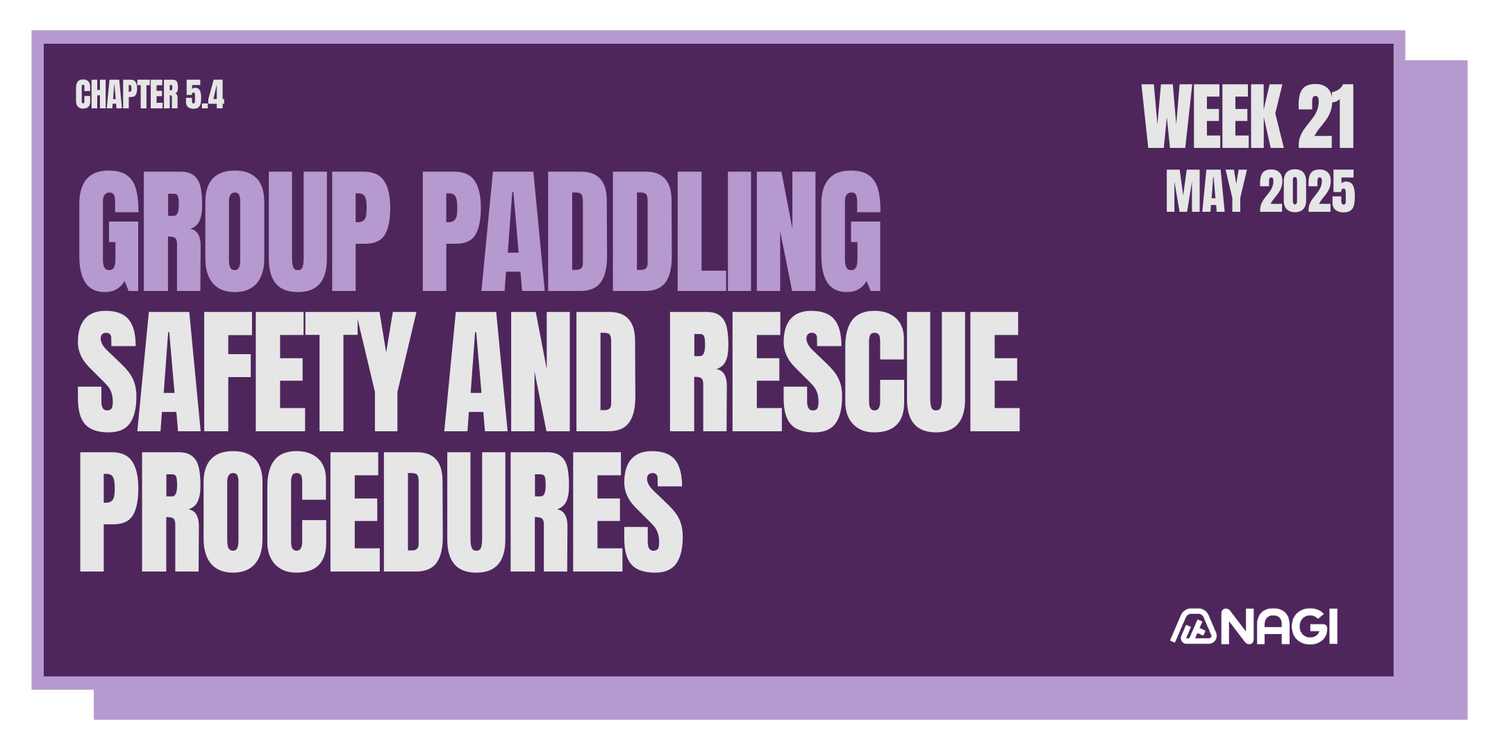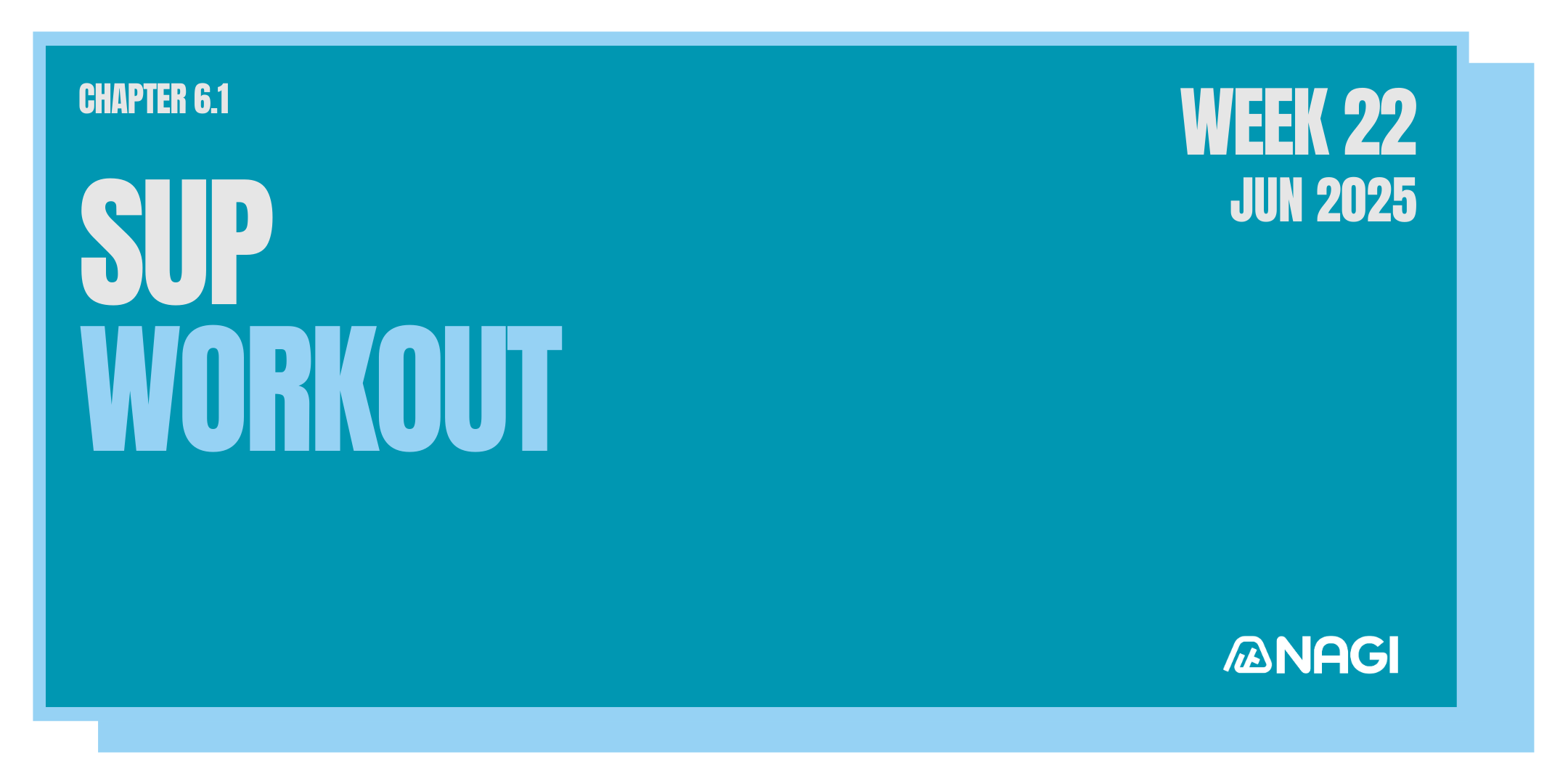Welcome to Week 21 of our paddle boarding series! This week, we're focusing on an essential aspect of group paddling: safety and rescue procedures. Whether you're a seasoned paddler or just starting out, understanding these crucial elements can make your group outings safer and more enjoyable.
The Importance of Group Safety
When paddling in a group, safety becomes a collective responsibility. Each member plays a vital role in ensuring the well-being of the entire team. Let's dive into some key aspects of group paddling safety:
1. Pre-Paddle Briefing
- Discuss the route and potential hazards
- Establish communication signals
- Check weather conditions and tides
- Ensure everyone has proper safety equipment
2. Buddy System
Implement a buddy system where paddlers pair up and keep an eye on each other throughout the journey. This increases overall awareness and provides immediate assistance if needed.
3. Group Formation
Maintain a cohesive group formation. The most common is the 'pod' formation, where stronger paddlers bookend the group, with less experienced members in the middle.
Essential Rescue Procedures
Even with the best precautions, situations may arise where rescue is necessary. Here are some fundamental rescue procedures every group member should know:
1. Self-Rescue
- Practice falling off and getting back on your board
- Learn to use your leash effectively
- Master the technique of righting an overturned board
2. Assisted Rescue
For situations where a paddler can't self-rescue:
- T-rescue: Approach the swimmer's board perpendicularly
- Stabilize their board and assist them in remounting
- Be prepared to offer your board as a more stable platform if needed
3. Emergency Procedures
In case of more serious situations:
- Designate a group leader to coordinate rescue efforts
- Have a plan for contacting emergency services
- Practice group towing techniques for assisting tired or injured paddlers
Equipment Checklist
Ensure every group member has:
- Personal Flotation Device (PFD)
- Whistle or other signaling device
- Leash
- First aid kit (at least one per group)
- Communication device (waterproof phone or radio)
Practice Makes Perfect
The key to effective safety and rescue procedures is practice. Regularly conduct drills with your paddling group to ensure everyone is comfortable with these techniques. Remember, in an emergency situation, your practiced responses can make all the difference.
Conclusion
Group paddling can be an incredibly rewarding experience, offering camaraderie, shared adventures, and the security of numbers. By prioritizing safety and being prepared for potential rescues, you ensure that every outing is as safe as it is enjoyable. Stay tuned for next week's topic, where we'll explore advanced paddling techniques for varying water conditions!
We're excited to announce that next week we'll be starting a new chapter in our paddle boarding series: "Exploring SUP Adventures". This new segment will dive into various exciting ways to expand your paddle boarding horizons, from overnight trips to racing, and everything in between. Get ready for some thrilling new challenges and experiences on your SUP!
Happy and safe paddling, everyone!



